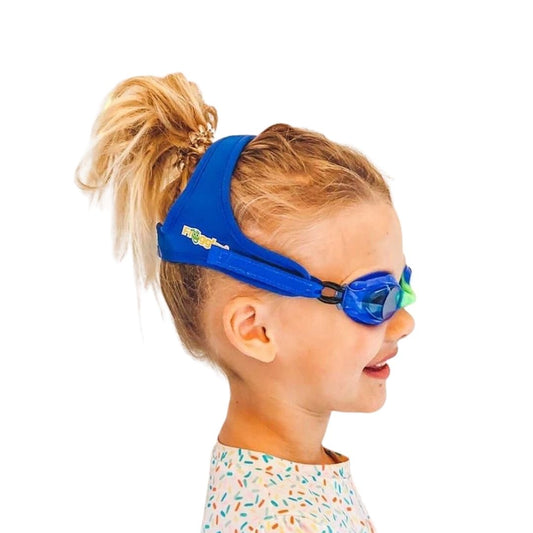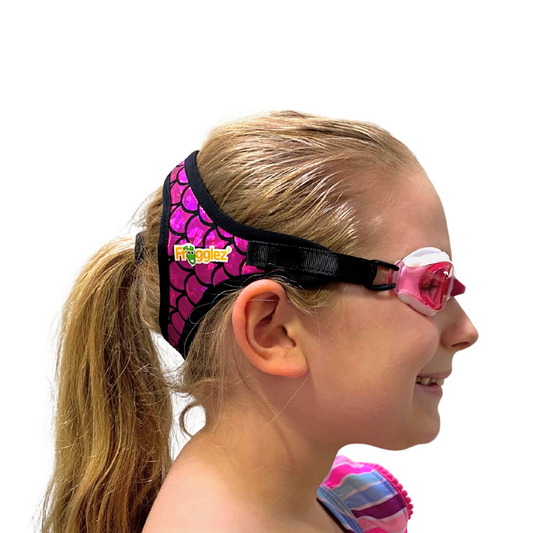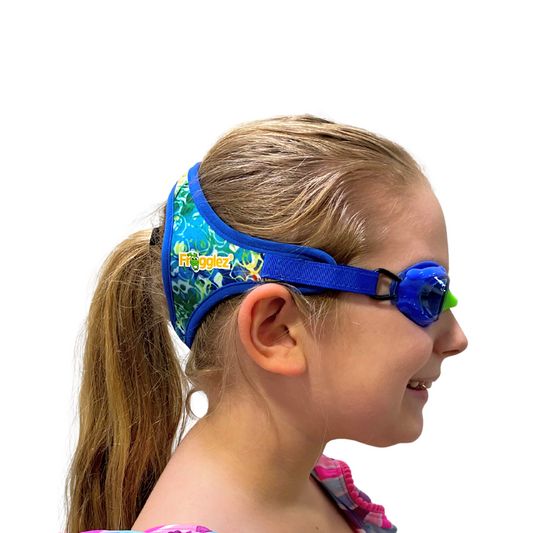As much as swimming is a fantastic activity for the whole family, it's not an entirely risk-free experience. After all, the American Red Cross' swimming statistics reveal that only 56% of all swimmers are skilled enough to save themselves if need be. This is why parents are often reminded not to leave children unattended and avoid roughhousing. However, swim safety doesn't just end with reminding kids to behave. To make sure that your family's swimming excursions are as safe as they are fun, here are some less popular but essential swimming safety tips to keep in mind:
Swimming can create some pesky health concerns
One of the most common swimming-related concerns is swimmer's ear. This condition happens in swimmers who spend a lot of time in the water, leaving their skin too moist and vulnerable to bacteria or fungi. This can result in a child's ear feeling hot, itchy, uncomfortable, and swollen. Thankfully, learning how to treat swimmer's ear is pretty easy. Quick fixes include using protective gear like earplugs, chewing gum, or applying a few drops of a 1:1 solution of rubbing alcohol and hydrogen peroxide into the canal.

Keep their eyes safe from debris and pool chemicals with comfortable swim goggles. Make sure you have 100% UV protective swim goggles like Frogglez Goggles. These are simple yet highly helpful approaches that can drastically make your child's swim more comfortable.
Wear your waterproof smartwatch on the boat
Aside from a life jacket, make use of safety devices like smartwatches or medical emergency accessories, too. As explained in a Maryville University post on the future of nursing, wearable devices are becoming more popular as they're able to monitor a person's vitals and alert the necessary authorities if need be. Since these safety devices are internet-enabled, they're outfitted with SOS buttons that can either alert you, a first-responder, or both should your child need assistance.
If your child has a pre-existing health condition, having a wearable device also serves a dual purpose of recording their health status for their healthcare provider. This recorded information can be used to tweak their future swimming activities.
Always rinse off before entering the swimming pool
Water can be a hotbed for germs and bacteria. This is why the CDC guide to healthy swimming underscores the importance of knowing how to gauge if the water is safe to swim in. This means that showering before and after swimming should be a non-negotiable habit for your kids.
At the same time, you must check the state of the water you're about to swim in. For example, if it's a man-made structure, you should check if the drains are working and if the water has the proper free chlorine or bromine level and pH. Meanwhile, for natural swimming spots, the water should not be cloudy, and it shouldn't be near any pipes or drains. By upholding your child's cleanliness and that of the water you're swimming in, you're less likely to experience irritations, and you're keeping it safe for other swimmers, too.
Water safety is non-negotiable
Though your little ones may not be too keen to observe too many swimming safety steps, it's an essential approach that can be second nature to them if introduced early. In the long run, by practicing clever and effective swimming safety tips like these, you're fostering a swimming attitude that prioritizes preparedness, health, and long-term fun.
Written by Mery Florian for frogglezgoggles.com








